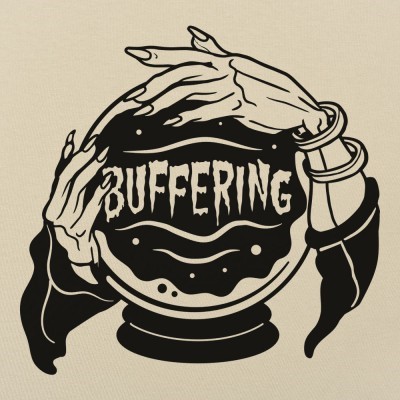There’s a line in a song by American singer-songwriter Conor Oberst that sums up our current moment of non-stop recession forecasting pretty well: “If someone says they know for certain, they’re selling something, certainly.”
Consider these four headlines that came across the wire in a recent 24-hour period:
- The Probability of a 2020 Recession Remains Near Zero
- Trump could spark a global recession if he imposes more Chinese tariffs, economists predict
- A recession will come, so investors should start ‘playing defense right now
- State Street Sees No Recession in 2020
As a species, we humans have always struggled to predict the future. Often, our own biases become blinders that get in the way and cloud our judgment. And while it would be nice to have a crystal ball to peek into, the hit rate on those things is spotty at best.
We’ve spent the past few months hammering home the mantra of “plan, don’t panic.” Taking into account all the data you already have access to, make informed decisions on pricing tactics and strategy that set you up for success regardless of what the market does. Control what you can and leave the prognostication to the pundit class.

That theme continued with “Better Than A Crystal Ball: Pricing Tactics for a (Potentially) Recessionary Period,” a webinar delivered by Zilliant’s GM of Commercial Excellence Barrett Thompson. Barrett has helped clients across a diverse set of industries navigate three recessions in his career. This experience gives him a sober outlook amidst all the hype and fear.
One hidden issue he pointed out is that growth covers up many mistakes. In the latter half of the 2010s, many B2B distributors and manufacturers have enjoyed a steady stream of new business and expanding bottom lines. But is there margin leakage hiding behind that volume? In most cases, overly-general pricing, excessive price overrides / deviations and cost volatility has been building up unchecked for years. These are not burning problems when the business is making its numbers, but a new scrutiny emerges when the market goes down. How will you achieve growth when the industry is not giving it to you? A good place to start is by cleaning up these pricing inefficiencies.

Another dilemma: If pricing is responsible for margins but price increases are off the table, what else can you do as a price or revenue manager? How agile can you be, and is it time to redefine what success means? For instance, in a down market year-over-year growth might not be attainable but preventing margin erosion is. By protecting the hard-earned margin you’ve won over the past decade of growth, you’ve won.



